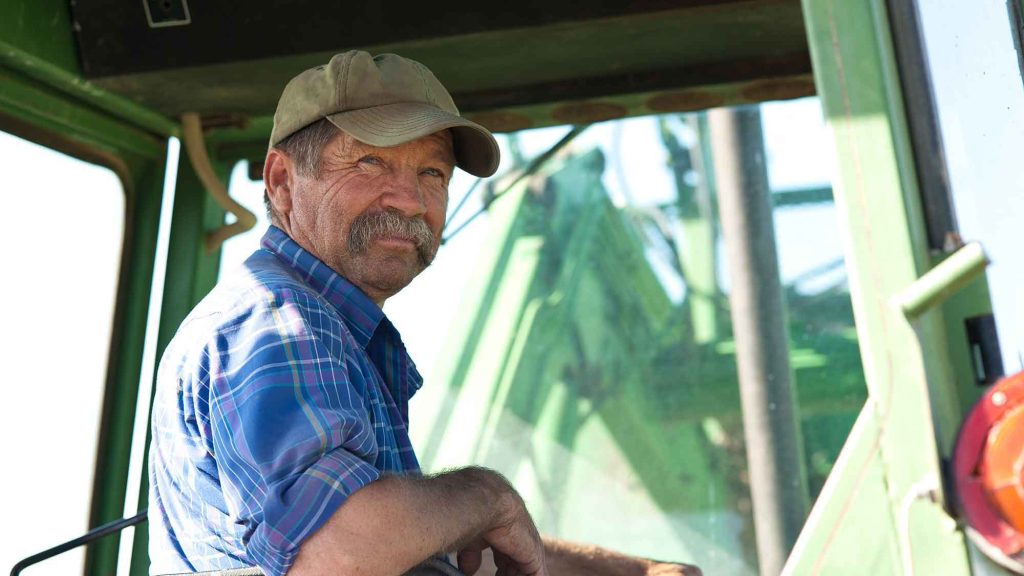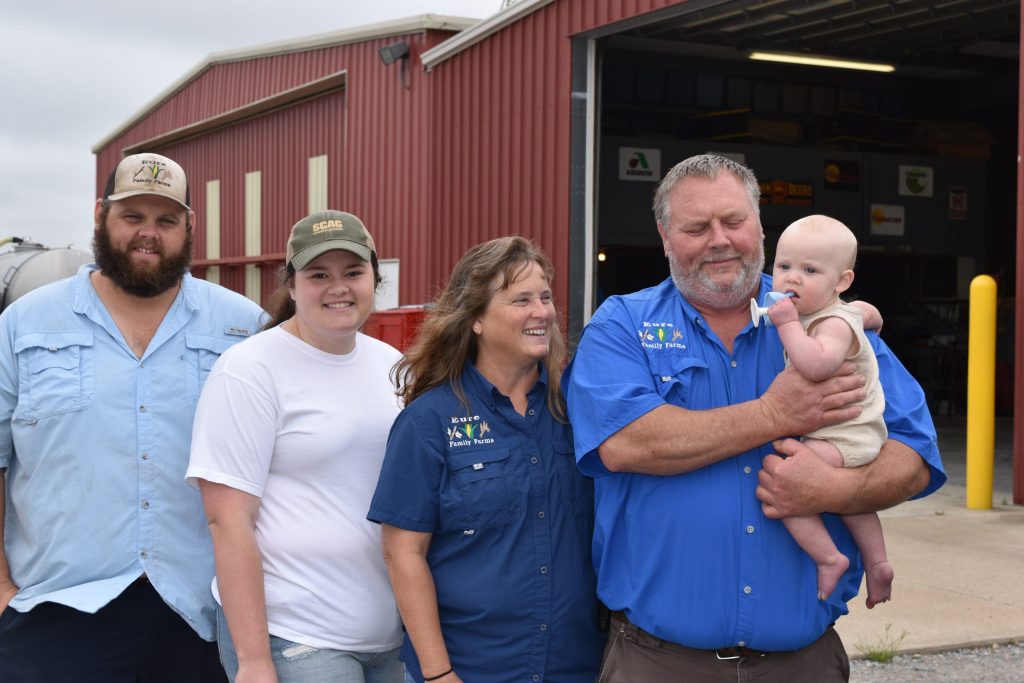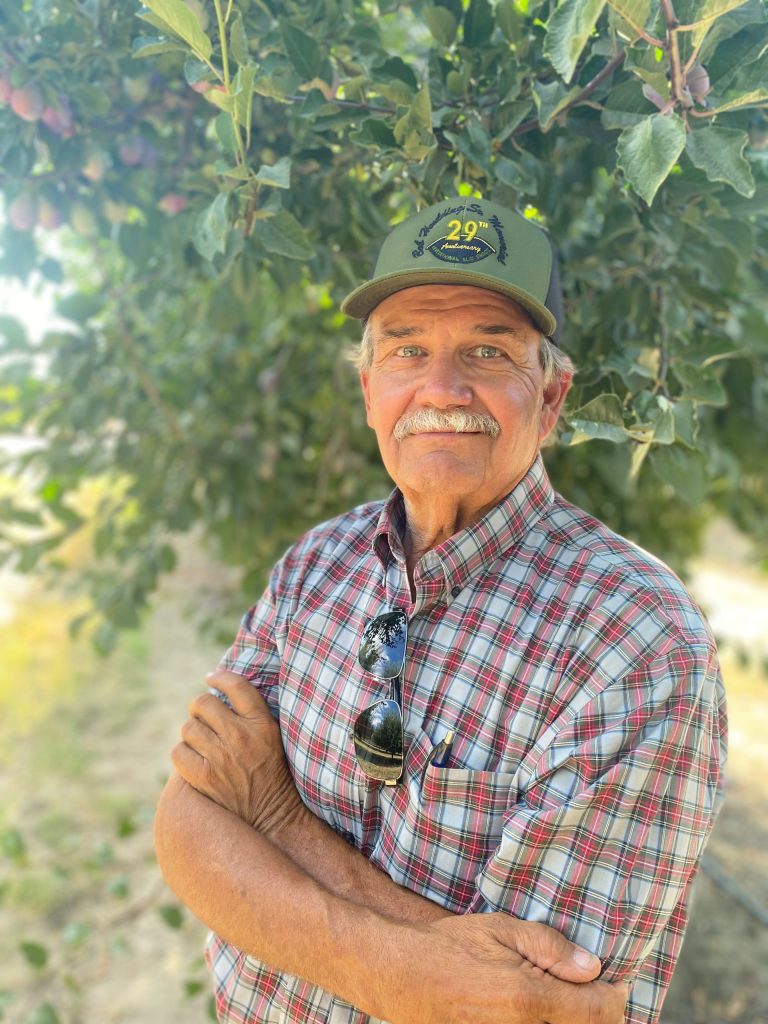30 Years In and Still Reforming – New Keep America Growing Podcast Episode

Did you know that 2024 marks the 30-year anniversary of the 1994 Crop Insurance Reform Act? This means crop insurance has been expanding and adapting to the risk management needs of U.S. agriculture for three decades now. Given this important 30-year anniversary, National Crop Insurance Services (NCIS) and its president, Tom Zacharias, took some time […]
NEW PODCAST EPISODE 🌱 Key Crop Insurance Date in March

Spring is the season of new beginnings, bringing warmer weather and sunshine, and college hoops and March Madness! It’s also the time for farmers to decide which spring crops they want to insure for the 2024 crop year. This is a critical decision for farmers because growing the most abundant and inexpensive food supply in […]
New Podcast Episode: Keep America Growing

NEW PODCAST EPISODE 🌱 Keep America Growing When you think of agriculture and farming in America, what immediately comes to mind? For many, it’s the rolling corn and soybean fields in the Midwest. But America’s farmers grow many different types of fruits and vegetables throughout the country, requiring a diverse crop insurance program that meets […]
New Voter Polling Confirms Importance of Strong Crop Insurance Program

Registered voters support farmers and the protection provided by the crop insurance program, according to recently released data from National Crop Insurance Services (NCIS). American voters are asking Congress to support family farmers by passing a Farm Bill that protects, preserves, and improves crop insurance. A national poll of more than 1,100 registered voters conducted […]
New Podcast: Keep America Growing

Crop insurance is one of the most instrumental components of a strong farm safety net. But with terms like “Actuarial Soundness” or “Whole-Farm Revenue Protection,” it might sometimes feel like you need to be an insurance whiz to fully understand how this public-private partnership works. To keep you up-to-date and in-the-know about crop insurance, National […]
Congress Supports Crop Insurance

With a one-year extension of the Farm Bill signed into law, Congress is turning its attention to drafting a five-year Farm Bill that strengthens the farm safety net. As the cornerstone of this safety net, crop insurance has received a lot of attention lately. We’re proud of this public-private partnership that keeps family farmers on […]
Kansas Farmers, Agents Share Crop Insurance Stories

We all want healthy, fresh food for our families. America’s farmers and ranchers provide that and more, for your family and families all over the world. But this wouldn’t be possible without Federal crop insurance. “We purchase crop insurance because we just [have] to,” said Dennis Tencleve, a farmer in Mayfield, Kansas, who grows mainly […]
Crop Insurance is the Cornerstone of the Farm Safety Net

Crop insurance serves America’s farmers and ranchers through effective risk management tools that strengthen the economic stability of agricultural producers and their rural communities. This ensures Americans have access to a safe and secure food supply. Because it protects all American farming operations—no matter the size—it’s an incredibly diverse and robust program. Don’t believe us? […]
Not a Farmer? Crop Insurance Matters to You, Too!

Crop insurance is the cornerstone of the farm safety net, protecting more than 490 million acres across all 50 states, as well as 136 crops and 604 varieties with 36 different plans of insurance. It has earned the trust of America’s farmers by providing personalized risk management plans that quickly deliver aid in the case […]
Crop Insurance Essential for California Farmers

For three years, California’s farmers and ranchers faced extreme drought. Then, this winter, as crop insurance agent Dan Van Vuren tells it, “It started raining in January and it didn’t stop until March.” It’s been a devastating year for many California growers, but crop insurance has provided a valuable safety net for our farmers, our […]

